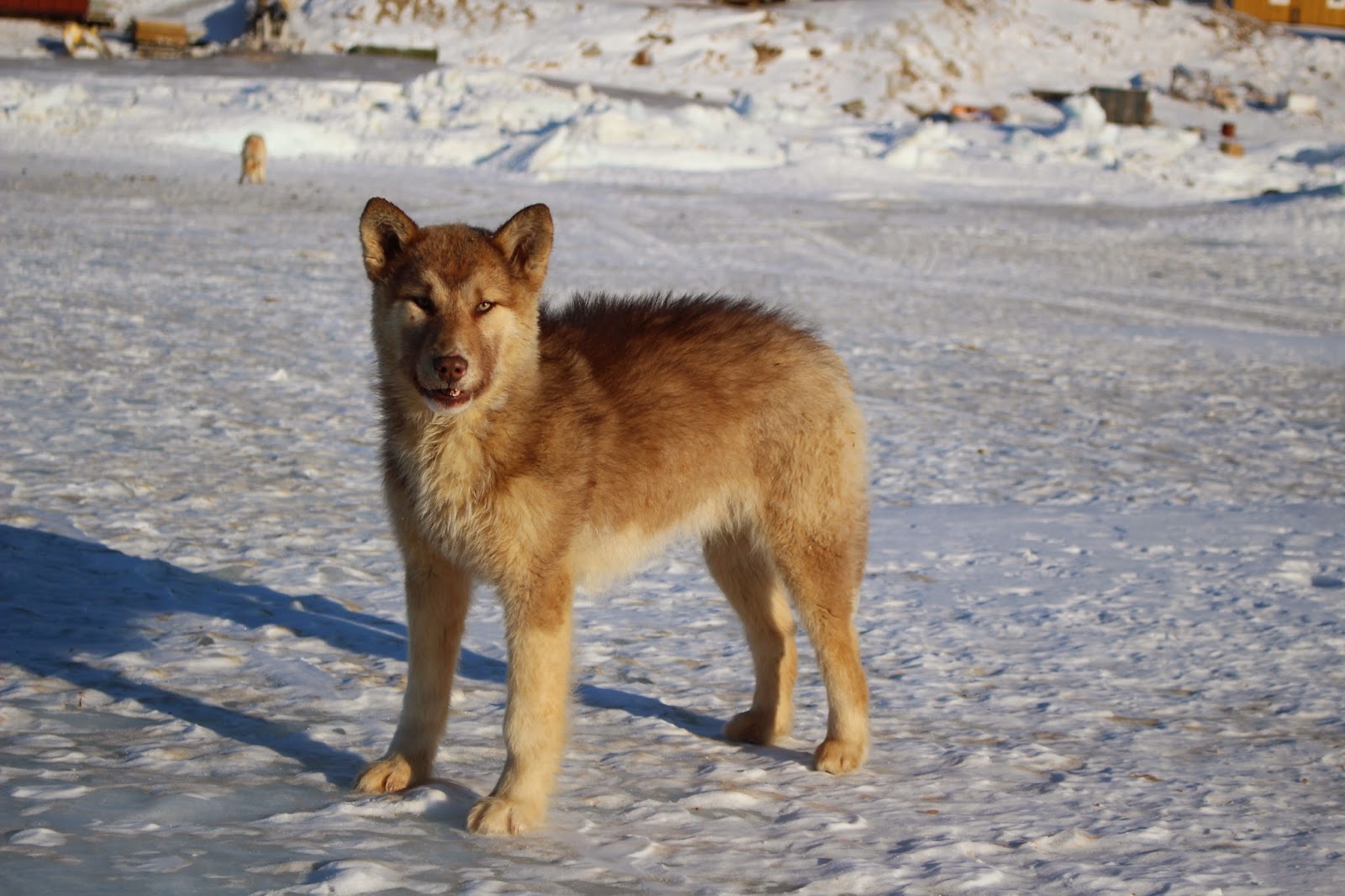Around lunchtime today we will be getting
picked up by our colleagues arriving from Resolute, northern Canada, in a plane
filled with all of the stuff we’re going to need over the next 10-12 days. And
it’s going to be quite the 10-12 days! During that time we’re going to be based
at Station Nord, then spending up to 8 days camping on floating sea ice that’s
a few meters thick, hundreds of kilometres from rescue. We’re looking forward
to seeing what it’s like to land on the sea ice in a small plane! There are
going to be six scientists on the ice, including two of the UCL team at any one
time, along with our two camp managers. The ground teams will be making
detailed observations of the sea ice and snow on the ground. At the same time
there will be three planes in the area making measurements of the sea ice with
a number of instruments. The planes can record the thickness of the ice and
snow, take high resolution photographs, take detailed laser scans and much
more. About 3 or 4 times a day, CryoSat-2 will shoot from horizon to horizon,
730km above our heads and moving at 7.5 kilometers per second. Needless to say
it will be the culmination of a lot of effort from many people!
We’ve had a really great couple of days
prep here in Qaanaaq. Yesterday we spent a few hours pulling each other around
on the sled on the sea ice, to get a feel for how much effort it will be
hauling the radar to our survey sites. It turns out it was easier than we
anticipated, although the conditions here are very good because there is very
little snow on the sea ice. We even had time to stop for a cup of tea by one of
the icebergs that serve as Qaanaaq’s fresh water supply during the Winter.
And so our first stint here in Qaanaaq is
over. We’ll be spending some time here on our return back to the UK, waiting
for the one flight per week and madly analysing all our data (fingers crossed!)
There really isn’t a nicer place to be waiting. Whilst it’s been a great place
to do our preparations, it’s also been an incredible place to have the pleasure
of spending some time, and everyone has been extremely friendly. Not many people get the opportunity to come up here and
we’re all feeling very lucky that we’ve had the chance.
Not sure how easy it will be to blog from Station Nord. But hopefully we’ll be
able to provide a few updates whilst we’re there, maybe no pics though.


































